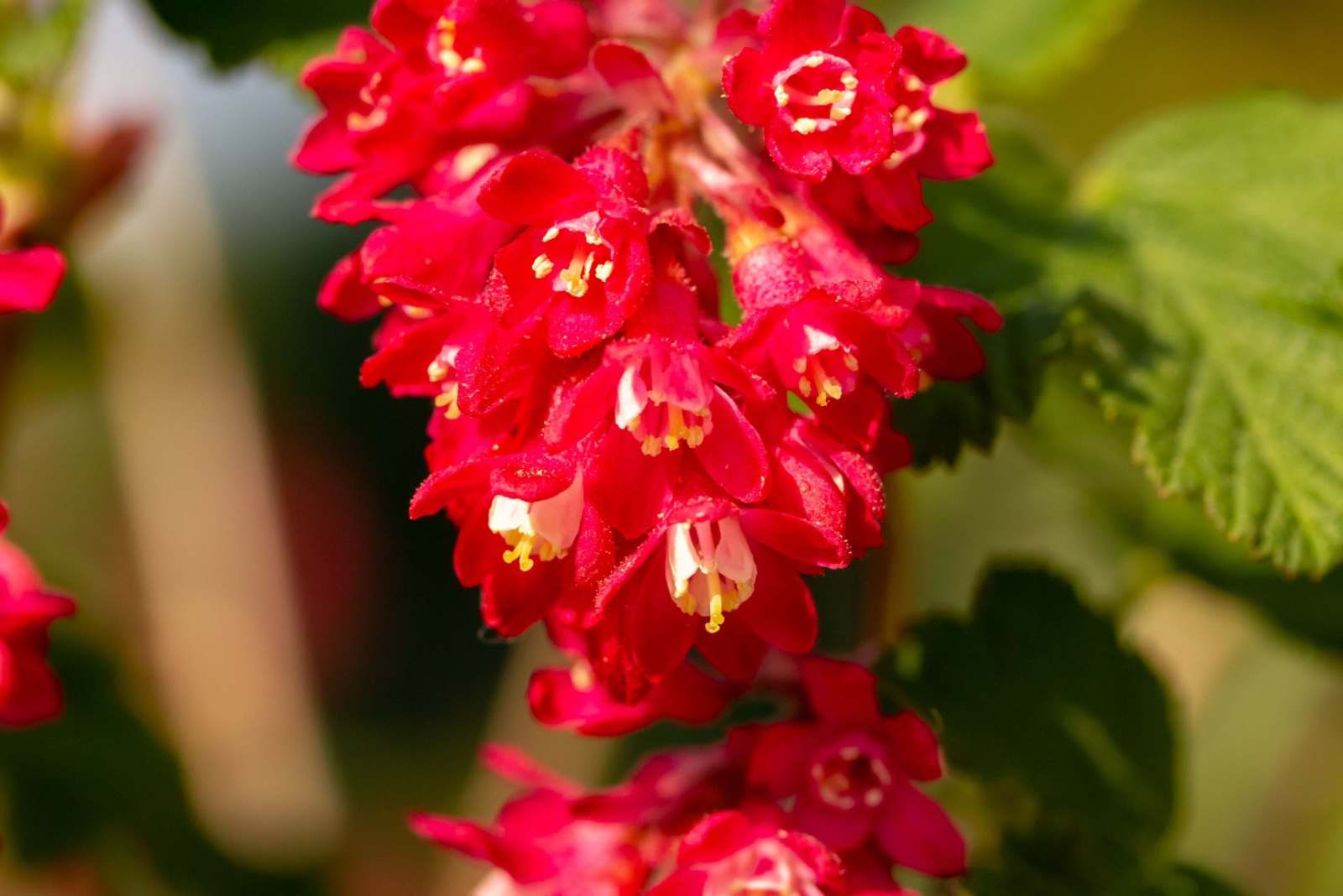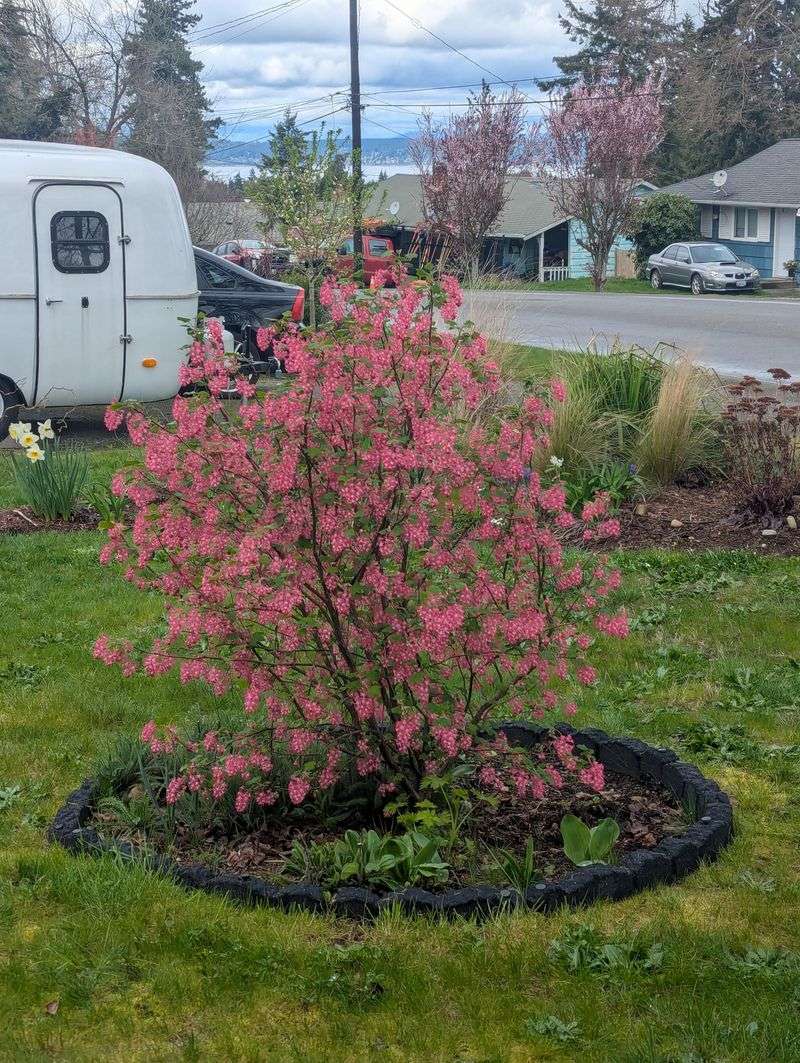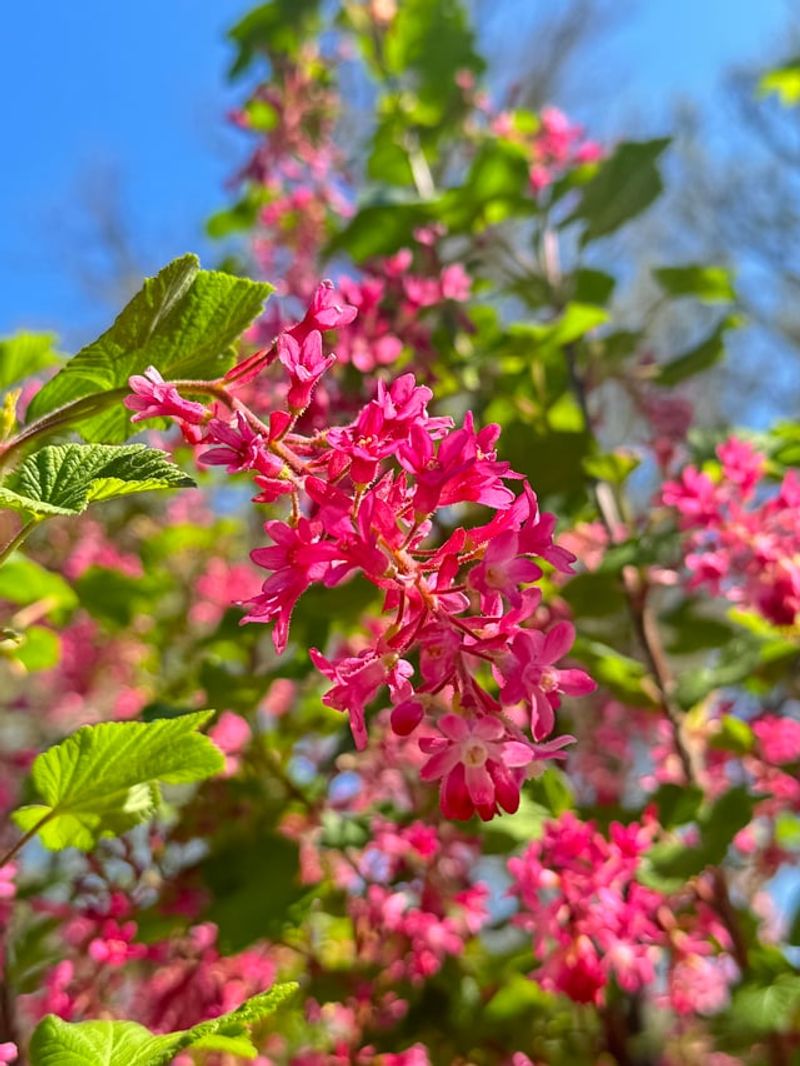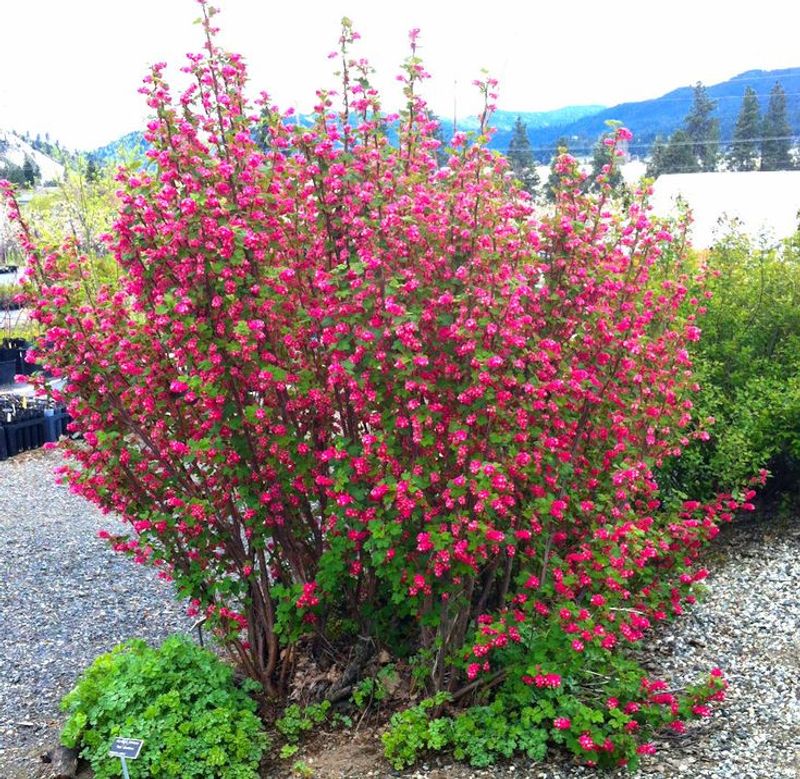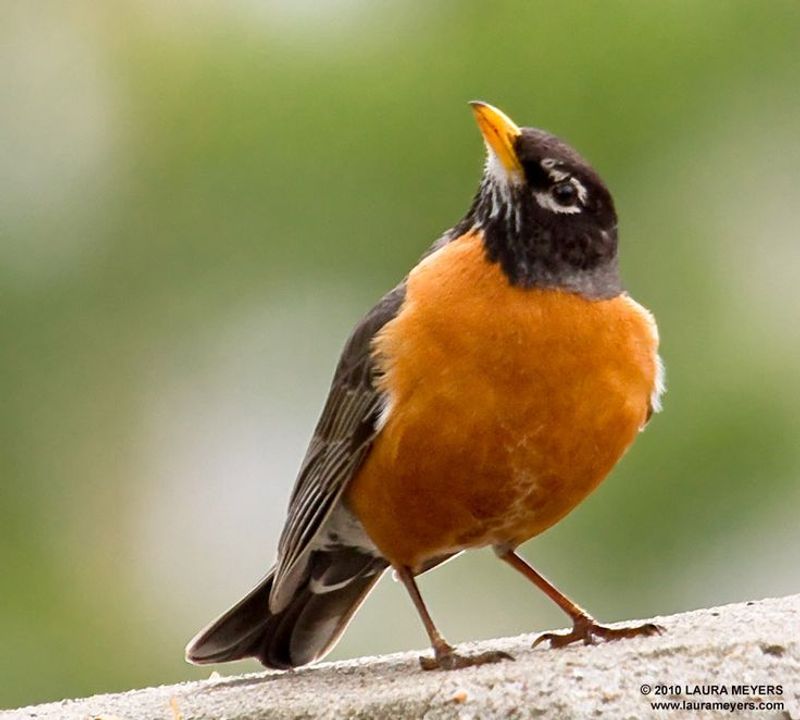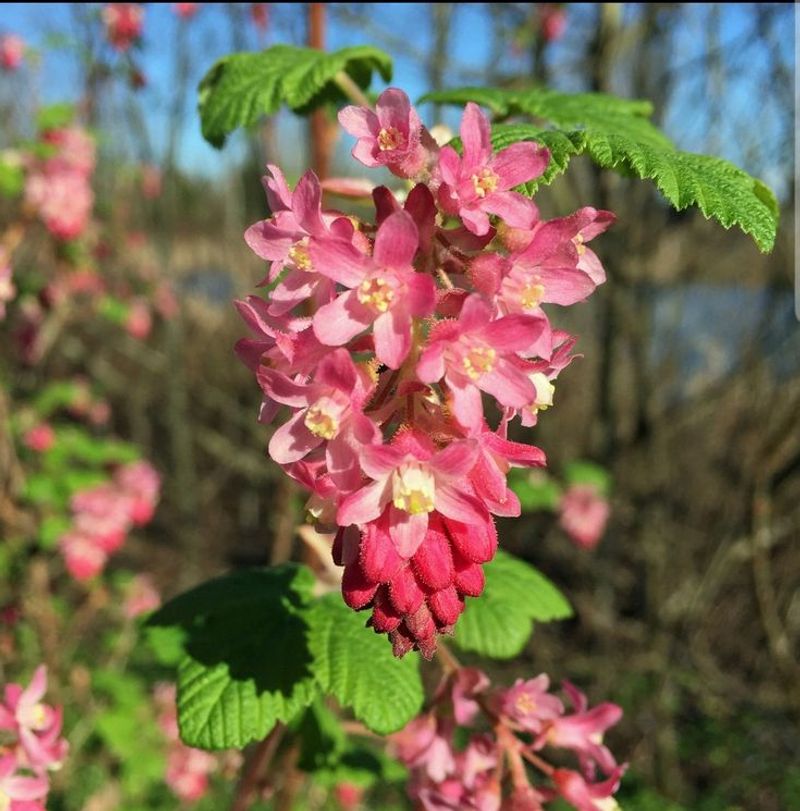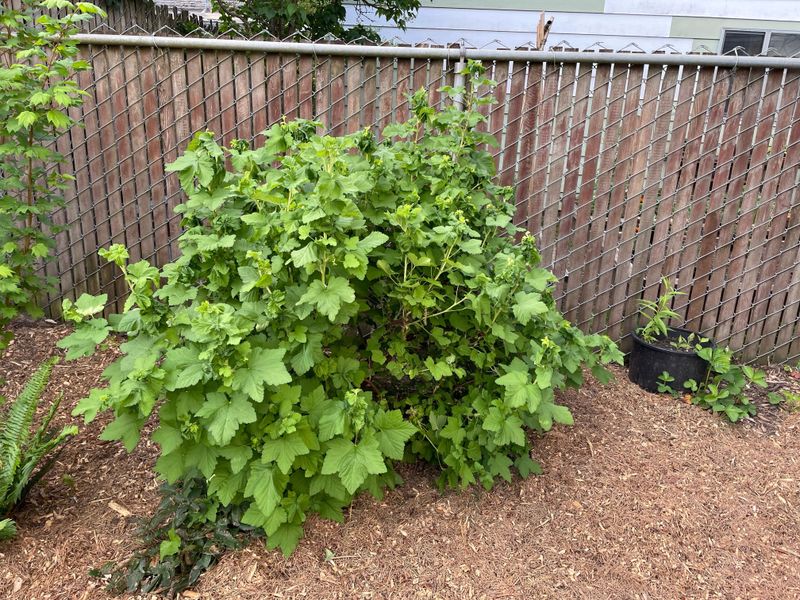Oregon’s cool, wet seasons call for shrubs that handle the climate and still deliver standout color. One native favorite does exactly that, sending out early red blooms that light up borders, woodland edges, and wildlife gardens.
It asks for little but gives plenty of spring impact. That reliable burst of red comes from the red flowering currant.
1. A True Pacific Northwest Native
Red flowering currant belongs to the Pacific Northwest just like salmon and Douglas firs. Growing wild from California to British Columbia, this shrub has adapted perfectly to Oregon’s climate over thousands of years.
Native Americans used different parts of the plant for food and medicine long before European settlers arrived. Finding it in Oregon forests feels like discovering a natural treasure that’s been here all along.
Planting natives like this one helps support local ecosystems in ways exotic plants simply can’t match.
2. Early Bloomer That Signals Spring
When most plants are still sleeping through winter, red flowering currant bursts into color between February and May. Its drooping clusters of tubular flowers announce that spring has finally arrived in Oregon.
Each cluster contains dozens of small blooms ranging from deep rose to bright pink. The early flowering habit makes it incredibly valuable when little else offers color.
Watching these blooms appear while snow still caps nearby mountains creates a stunning seasonal contrast you won’t forget.
3. Hummingbird Magnet Extraordinaire
Hummingbirds returning from migration rely heavily on red flowering currant for their first meals. The tubular shape of the flowers fits perfectly with hummingbird beaks, and the nectar provides essential energy.
Rufous and Anna’s hummingbirds especially love these blooms, often defending favorite shrubs from competitors. Planting this shrub near windows lets you watch these aerial acrobats up close.
If you want to attract hummingbirds to your yard, few plants work better than this one.
4. Tough Enough For Challenging Spots
Red flowering currant thrives where many garden plants would struggle and give up. Once established, it handles drought, poor soil, and partial shade without complaint.
Oregon gardeners appreciate that it doesn’t need fertilizer or frequent watering after its first year. The shrub can grow in rocky areas, slopes, and woodland edges equally well.
Its adaptability makes it perfect for low-maintenance landscapes or restoration projects where tougher plants are needed for success.
5. Wildlife Diner And Shelter Provider
Beyond attracting hummingbirds, this shrub supports an entire community of wildlife throughout the year. After flowers fade, small blue-black berries appear that birds absolutely devour.
Robins, waxwings, and other songbirds feast on the fruit during summer months. The dense branching structure also provides safe nesting sites and protection from predators.
Creating habitat for native wildlife becomes effortless when you include plants like red flowering currant in your landscape design.
6. Size And Shape That Fits Most Gardens
Growing between six and ten feet tall and wide, red flowering currant fits comfortably in most landscape designs. The shrub develops an attractive rounded shape with gracefully arching branches that need minimal pruning.
It works beautifully as a specimen plant, in mixed borders, or massed together for greater impact. The deciduous leaves emerge after flowering and stay attractive through summer.
Understanding its mature size helps you place it properly from the start.
7. Easy Propagation For Garden Sharing
Sharing red flowering currant with friends and neighbors is surprisingly simple using cuttings or seeds. Softwood cuttings taken in early summer root readily in moist soil with some patience.
Collecting ripe berries and extracting seeds offers another propagation method, though plants take longer to reach blooming size. Many Oregon gardeners enjoy growing extras to donate for restoration projects or community gardens.
Spreading native plants throughout your neighborhood benefits everyone and strengthens local ecosystems considerably.

